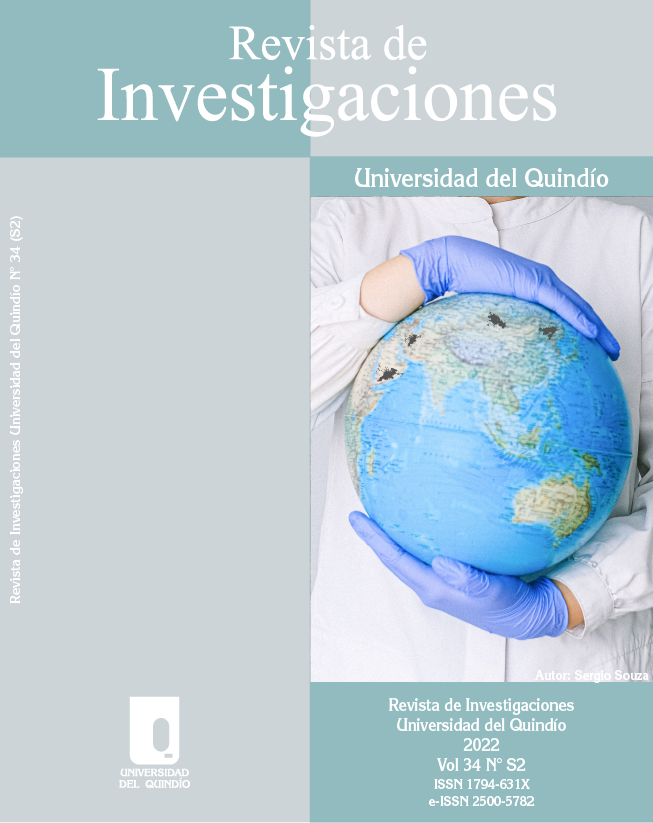Uso específico de heimath por los pilotos del Gran Duque de Finlandia en el siglo XIX
DOI:
https://doi.org/10.33975/riuq.vol34nS2.950Palabras clave:
Heimath, Gran Ducado, garantías financieras, autogobierno, derecho de propiedad privadaResumen
El artículo presenta los resultados del estudio histórico y legal sobre los detalles del uso de heimath por parte de los pilotos del Gran Ducado de Finlandia. Para ello se utilizan métodos científicos generales (dialéctico, comparativo, histórico-genético, estructural-funcional), así como científicos específicos (específico-sociológico, lógico-formal, histórico-jurídico, jurisprudencia comparada). Se ha establecido que un heimath como garantía financiera adicional para el bienestar de los pilotos en el Gran Ducado de Finlandia entró en la legislación finlandesa de la tradición sueca. Los prácticos, siendo personas personalmente libres, utilizaban esta forma de tenencia de la tierra como funcionarios públicos o como propiedad privada. Al mismo tiempo, se revelaron diferencias en los derechos de cada heimath individual en cuanto a su importancia, rentabilidad, tamaño, lejanía, así como en cuanto a las cualidades personales y el puesto de servicio del piloto que lo recibió.
Descargas
Citas
Adam, T. (Ed.). (2005). Germany and the Americas: Culture, politics, and history: A multidisciplinary encyclopedia (Vol. 1). ABC-CLIO.
Bartlett, R. (1974). Foreign settlement in Russia under Catherine II. New Zealand Slavonic Journal, (1), 1-22.
Cassidy, E. S. (2004). Eine neue Heimat en la jungla, las pampas, y el puerto: German immigration to Argentina and Brazil during the nineteenth century. University of Missouri-Columbia.
Glendinning, M. (2013). The conservation movement: a history of architectural preservation: antiquity to modernity. Routledge.
Green, A. (2001). Fatherlands: State-building and nationhood in nineteenth-century Germany. Cambridge University Press.
Harlin, E. K. (2019). Sámi archaeology and the fear of political involvement: Finnish archaeologists’ perspectives on ethnicity and the repatriation of Sámi cultural heritage. Archaeologies, 15(2), 254-284.
Jędrysiak, J. (2020). Benefits for the Prussian army by the inhabitants of the Grand Duchy of Poznań between 1815–1844. State of research and research perspectives. Roczniki Dziejów Społecznych i Gospodarczych, (81), 225-261.
Kitchen, M. (2011). A history of modern Germany: 1800 to the present. John Wiley & Sons.
Milne, G. J., & Milne. (2016). People, Place and Power on the Nineteenth-Century Waterfront. Springer International Publishing.
Mitchell, V. R. (2002). The genesis of German nationalism on Polish soil: The Grand Duchy of Poznan, 1815–1850. University of Rochester.
Surówka, K. (2018). Sources of income and financial autonomy of local self-government. Economics World, 6(1), 22-33.
Whittington, A. (2018). Forging Soviet Citizens: Ideology, Identity, and Stability in the Soviet Union, 1930-1991 (Doctoral dissertation).
Wolhuter, C. (Ed.). (2020). The Legacy of Jullien's Work for Comparative Education. Routledge.
Descargas
Publicado
Cómo citar
Número
Sección
Licencia
Derechos de autor 2022 Revista de Investigaciones Universidad del Quindío

Esta obra está bajo una licencia internacional Creative Commons Atribución-NoComercial-SinDerivadas 4.0.


